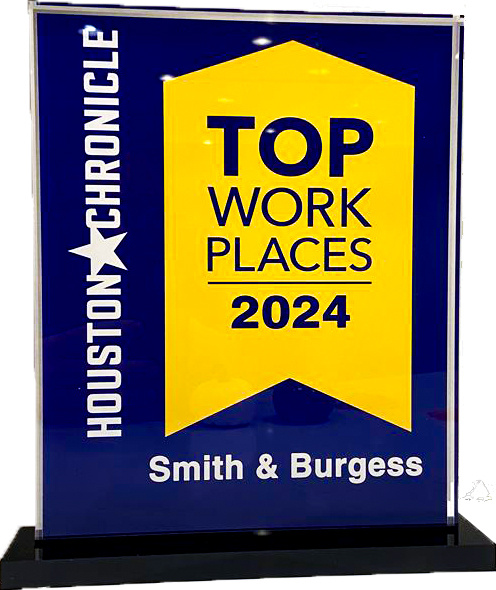 Did you know to exclude the exit pipe fitting in your PSV outlet pressure drop calculations if your PSV discharges to atmosphere?
Did you know to exclude the exit pipe fitting in your PSV outlet pressure drop calculations if your PSV discharges to atmosphere?
If you have performed an outlet pressure drop calculation for a PSV relieving to the atmosphere, you may have noticed that often a significant portion of the pressure drop is contributed by the exit pipe fitting. This is because the equivalent resistance of the fitting is high relative to a typical length of pipe. However, did you know that current industry guidelines recommend excluding the exit pipe fitting in your PSV outlet pressure drop calculations if your PSV discharges to the atmosphere?This is because, according to research and fluid dynamic principles such as Bernoulli’s equation, there is no appreciable resistance once the flow exits to free air. Removing the exit fitting from backpressure calculations may lead to more accurate and slightly lower predicted backpressure on the valve, which aligns with current best practices within the industry.
The Importance of Accurate Pressure Drop Calculations
Calculating pressure drop accurately is crucial to successful, incident-free system design and relief studies. Pressure drop, which is the reduction or loss of fluid pressure as it travels through a system, serves as a crucial tool for diagnosing potential problems within a valve or pipeline system. Accurately calculating pressure drop aids in the efficiency of system design and flow control, and it ensures the safety and longevity of the valves and equipment involved in the system.
The risk of catastrophic failure may increase due to the improper functioning of the relief devices or the wearing down of system parts due to incorrect hydraulic calculations. Additionally, pressure buildup due to inaccurate pressure drop calculations may lead to explosions, equipment damage, or loss of containment.
What to Do if Your PSV Discharges to the Atmosphere
Per Hooper (1981), the friction loss coefficient, Kf, for a pipe exit is 1.0. However, Darby (2001) provides a clarification and states that Kf is actually zero if the fluid exits the pipe into unconfined space such as the atmosphere because the "velocity of a fluid exiting the pipe (in a free jet) is the same as that of the fluid inside the pipe (and the kinetic energy change is also zero)." Think of it as the flow “coasting” out of the pipe without anything to slow it down in open space.
In fact, the friction loss can be shown via the Bernoulli equation to be zero or essentially zero, regardless of relief fluid phase, whether the flow is critical or subsonic, or whether the fluid in the unconfined space is vapor or liquid.
Darby then indicates that Kf is 1.0 if the fluid exits into a confined space because "the kinetic energy is dissipated as friction in the mixing process as the velocity goes to zero… In this case, the change in the kinetic energy and the friction loss at the exit cancel out."
The typical exit pipe fitting coefficient, Kf, is 1.0. In these cases, exclude the exit pipe fitting for pressure drop and dispersion calculations if the PSV discharges to the atmosphere. In cases where the relief system discharge piping is routed to process, a different assumption may need to be made.
The Practical Impact of This Calculation
Including the exit fitting for the pressure drop calculations for a PSV that relieves to atmosphere may overstate the outlet pressure drop, resulting in an overestimation of the actual backpressure at the PSV outlet. The incorrect backpressure calculation may lead engineers to assume that the existing configuration results in an undersized relief device or in excessive backpressures that exceeds the outlet backpressure limits.
Remember, excluding this part of the calculation isn’t cutting corners—it’s an application of physics. In recent years, we’ve come to understand that there is no barrier to flow when it vents to open air. This new method for calculating pressure drop will lead to more accurate, efficient, and safe relief systems.
References:
- Hooper, W. (1981, August 24). The 2-K Method Predicts Head Loss in Pipe Fittings Chemical Engineering, 97.
- Darby, R. (2001). Chemical engineering fluid mechanics (2nd ed., pp. 213-214). New York: Marcel Dekker.

